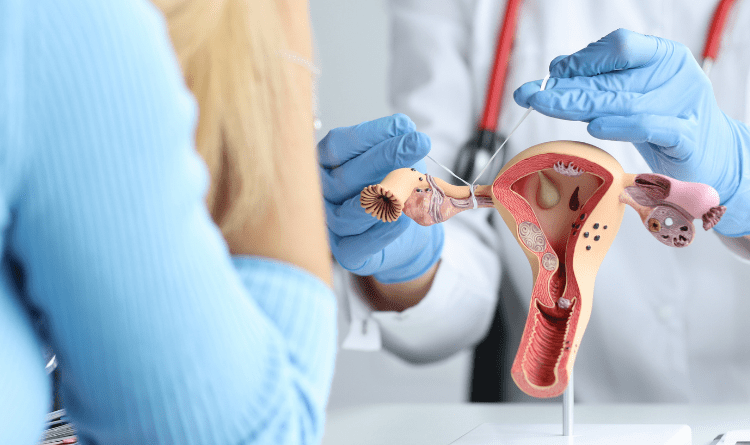You do not need to be alarmed to hear a diagnosis of fibroids. Many females have them with no symptoms at all. They are small benign tissue lumps, non-cancerous that grow around and in your uterus. Some have just one and some might have several. Some are small and some can be larger. There are other approaches to try before surgery if you do have symptoms. If surgery is now what your doctor thinks is needed, two types are myomectomy surgery or a hysterectomy. Here is a comparison of each option.
Myomectomy
The point of Myomectomy surgery is to cut out fibroids from the uterus. They can happen at any time but are more likely during the years they could have offspring. The surgeon will remove them and keep the uterus intact. Where a hysterectomy takes out the whole uterus, this option only takes out the fibroids. When symptoms of fibroids are affecting your usual activities they might suggest surgery with this as one option. There are a few reasons why you and your doctor would choose this instead of a hysterectomy but the main ones are that you still want to have children, your doctor suspects the fibroids are impacting your fertility or you just want to keep your uterus still.
Three myomectomy surgical approaches
There are three different surgical options for this treatment.
Abdominal myomectomy surgery – is a procedure when an incision is made abdominally, usually low and horizontal but if the uterus is large then vertical incisions are needed.
Robotic or Laparoscopic myomectomy – these are minimally invasive where several small incisions are made on the abdomen. Sometimes the fibroid might need to be cut up into smaller sections and removed a piece at a time, if it is too large to come out of the smaller incision. Or a larger cut is made.
Hysteroscopic – is an approach taken to locate and deal with problems in the uterus. It might be needed for the removal of bulging or submucosal fibroids. It starts with entering via the vagina into the cervix and then arriving at the uterus.
Hysterectomy
This operation is when a surgeon performs the removal of the patient’s uterus. You can have a partial procedure where the cervix (the neck of the womb) is left behind. You can also have a total where the uterus and cervix come out together. You can get a vaginal hysterectomy or an abdominal one. They are removing the uterus completely rather than just removing the fibroids. Your doctor might suggest this if your uterus is large, if they think this surgery is better for your specific medical history than a myomectomy or if there are signs of disease in other areas of the pelvic region.
While a myomectomy is just about removing fibroids, a hysterectomy can happen for various other reasons as well as fibroids such as cancer, endometriosis, uterine prolapse, chronic pelvic pain, irregular, heavy vaginal bleeding, or as part of gender-confirmation surgery. After this surgery, you cannot have children. If you are still trying for a family or you are not yet done having children, then you should ask about myomectomy surgery or other options.
Conclusion
Both surgeries solve the problem of fibroids but they are different surgeries and have different outcomes. Make sure you understand all your options and talk closely with your doctor.







